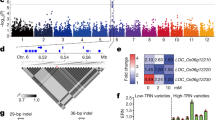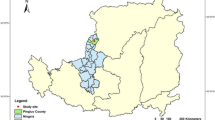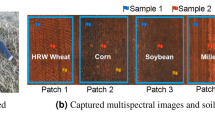Abstract
A FEATURE of myxophycean algæ is the capacity of certain members of the class to fix elemental nitrogen. Blue-green algæ are widely distributed in Nature. They are known to be particularly abundant in regions devoted to the cultivation of rice where the activities of nitrogen-fixing species probably make significant contributions to the maintenance of soil fertility1,2. Australia offers excellent opportunities for research. Previously, these have not been exploited even though 46,000 acres are sown to rice annually in the temperate Murrumbidgee Irrigation Area and extensive tracts of country are being developed for rice production in tropical Northern Australia.
This is a preview of subscription content, access via your institution
Access options
Subscribe to this journal
Receive 51 print issues and online access
$199.00 per year
only $3.90 per issue
Buy this article
- Purchase on SpringerLink
- Instant access to full article PDF
Prices may be subject to local taxes which are calculated during checkout
Similar content being viewed by others
References
De, P. K., Proc. Roy. Soc., B, 127, 121 (1939).
Watanabe, A., Nishigaki, S., and Konishi, C., Nature, 168, 748 (1951).
Soils of the Katherine Darwin Region, Northern Territory, Commonwealth Scientific and Industrial Research Organization Soil Publication No. 6, Melbourne (1950).
Author information
Authors and Affiliations
Rights and permissions
About this article
Cite this article
BUNT, J. Nitrogen-fixing Blue-Green Algæ in Australian Rice Soils. Nature 192, 479–480 (1961). https://doi.org/10.1038/192479a0
Issue date:
DOI: https://doi.org/10.1038/192479a0
This article is cited by
-
Cyanobacterial (unicellular and heterocystous) biofertilization to wetland rice influenced by nitrogenous agrochemical
Journal of Applied Phycology (2016)
-
Outdoor evaluation of herbicide resistant strains of Anabaena variabilis as biofertilizer for rice plants
Plant and Soil (2007)
-
Cyanobacterial biofertilizers in rice agriculture
The Botanical Review (2001)



